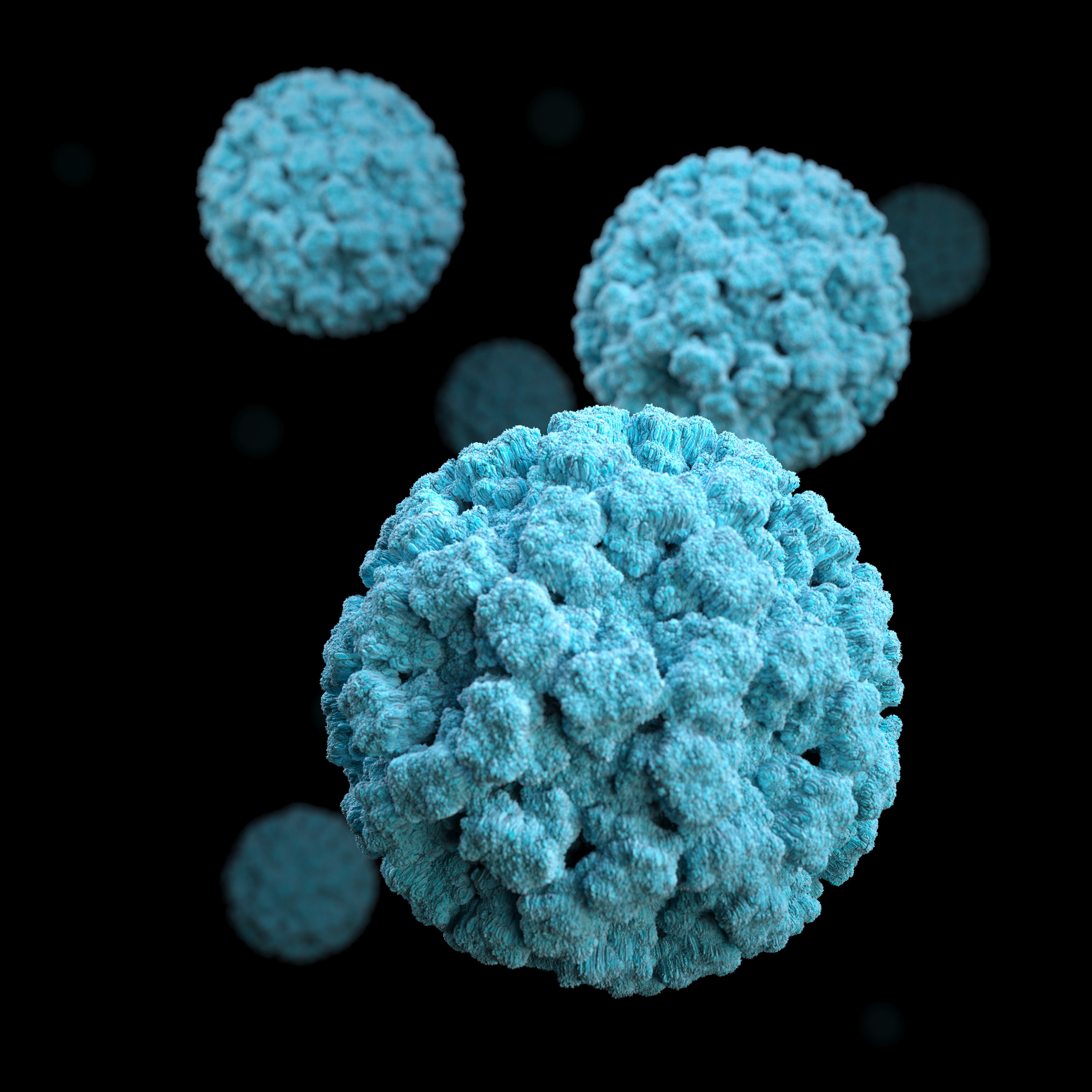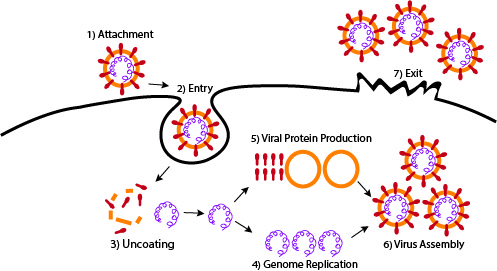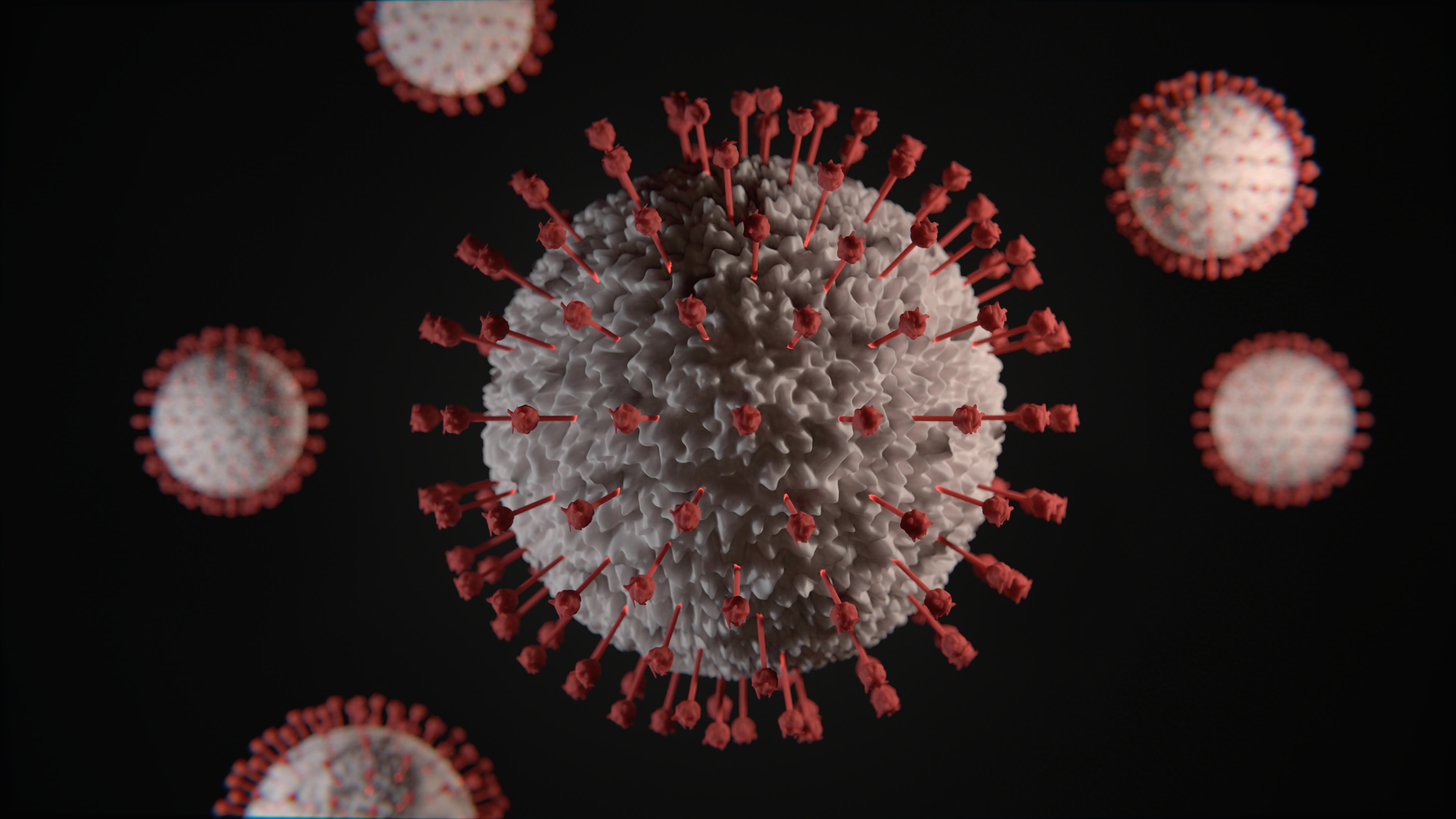Viruses- Part 2
Normally, this is where I put a funny little dialogue intro. But, as we are in the midst of a pandemic as I write this, I think it would be pertinent to clarify some things before we start (not only as writing tips, but also as a public service announcement):
1) Viruses cannot think. They cannot discriminate between who they infect. So, that one scene in a zombie thriller where the virus “hunts down” specific healthy prey? Not true. Also, the virus doesn’t care if you have money, are young or old, etc. So don’t assume you have an immunity to a virus just because you don’t fall into the “at risk” group of people.
2) The sun DOES NOT effectively sanitize items contaminated by a virus. I’d better not be seeing any stories that even suggest this. Tons of ultraviolet exposure can sanitize surfaces, but the sun’s rays aren’t that concentrated to do that in any reasonable amount of time.
3) Say it with me: Antibiotics don’t fight viruses. They fight bacteria. Very common mistake, unfortunately. We’ll discuss this later, but bacteria are completely different, as in they are cellular (viruses are not).
Anyhoo, let’s dive into our long-awaited post on viruses and how they work! Specifically, how do they replicate?
As stated in the previous post, I really wanted to do a good in-depth post on virus replication cycles before we cover how we can use viruses in our writing. This is because it’s good to know the basic parts of a car before you try to drive it, so to speak. As we are currently knee-deep in the COVID-19 pandemic, I decided to roll back my sleeves and REALLY delve into some of the mechanisms of these viruses, because there has been a lot of misinformation spreading around about this virus, mainly due to misunderstandings about how viruses fundamentally work.
So, in order to improve both Science Fiction and science communication, we’re going to go on an intellectual journey and zoom in on Viruses: their mechanisms!
But why focus on replication? Why not focus on exactly how viruses make us sick? Well, it’s because that’s kind of all that viruses do. Get in, reproduce, get out, repeat. Remember: simple, yet deadly. This will be key to understanding how we can use viruses in fiction Fear not, folks, for there will be an entire series on both immune response and vaccines!

RNA Viruses: Single Stranded
Examples: Nipah virus, Coronavirus.
Ah yes. The coronavirus. Where do I begin? Most of us are probably experiencing social distancing at the time of this posting due to the wonderful coronavirus. And because it’s on everyone’s mind, it’s the perfect virus to use to introduce not only the basic functions of replication, but also some other viral terminology as well.
This virus specifically infects cells that harbor the ACE-2 protein on the cell surface (There are other things that have to happen as well for the virus to enter the cell, but we’re not delving into the details here). There is a spike on the virus that attaches to this ACE-2 receptor and allows the virus to enter. We have attachment, which allows for entry. No attachment = no entry for viruses.
Why is that important? Well, simply put, it means that the virus does not infect every cell in your body; the types of cells it can infect is limited to what the virus can interact with. We call these things factors, attachment factors, entry factors, and so on. The takeaway? Viruses infect specific cells. In the case of coronavirus, you get infection of the nasal and airway tract. And when you cough/sneeze, droplets containing the virus from those cells come flying out, which can land on surfaces, which your hands then touch, which then go and touch your mouth/eyes…
So yeah. Wash your hands often.
The virus is also what we call an enveloped virus, meaning that it has a layer of fat around its other components. That spike we were talking about earlier is embedded in this membrane. When in the presence of an emulsifier, this protective envelope is disrupted, effectively destroying the viruses’ way of entering the cells.

So yeah… Wash your hands with emulsifier (aka SOAP).
So, we’ve covered a little bit of the spike and the membrane, now to the core. Coronavirus has a single piece of genetic information known as a positive sense single-stranded RNA strand (or +ssRNA). What does “positive” and “negative” mean? Simply put, “positive” means that the RNA holds the code to immediately start making virus proteins. “Negative” means that the RNA is only halfway there: it needs to have it’s complementary strand (or the molecular mirror image) created before viral proteins can be made.
Once viral proteins are made (after hyjacking molecular tools like ribosomes to do so) and the RNA has been replicated, the proteins+RNA assemble into viral particles, which the cell then proceeds to spit out, a process known as exocytosis. The overall process is summarized in the image below:

RNA Viruses: Retroviruses
Example: HIV
Retroviruses get their own section because they are so cool, and I love them so much. To clarify, Retroviruses are ssRNA viruses, but they “go backwards,” making their RNA into DNA (which is the exact opposite of how it happens normally in your cell).
HIV is a nasty bugger and is one of my favorite viruses. It also has a fascinating history, especially as the disease the virus causes was once called GRID, or Gay Related Immune Deficiency, before there was a movement to call it Acquired Immunodeficiency Syndrome, or AIDS. I may do a whole blog post on the history of just this virus, because the societal stigmas that came with this virus during the AIDS epidemic in America is fascinating (and terrible).
Unlike COVID-19, HIV needs transfer of body fluids. That is, we need blood to go from one person to the next, semen from one person to another (yes, I am saying “semen.” This is a science writing blog. We use the scientific terms here), and vaginal fluids. No, spit does not carry the virus. Nor does urine.
So, what makes HIV so nasty?
2 main reasons: The types of cells it infects, and the way it infects.
HIV targets CD4+ T cells. That will mean more in later blog posts, but this cell is known as the helper T- cell. Note the “helper” in the name. This type of cell is the one in your immune system that activates a TON of your immune response during an infection. When HIV infects these cells, we lose our helper T -cells. When that happens, we lose our ability to fight infection and develop immunity to other diseases. This is what the “immunodeficiency” in AIDS is referring to. You are deficient in your immune response against other pathogens/diseases, leading to the overwhelming of your system.
But that’s only half of the puzzle.
Retroviruses are beautiful because they take their RNA, and use a protein called “Reverse transcriptase” to turn their RNA into DNA, and then slip into the host’s DNA, which then is read and used just like the host’s DNA.
Think of it this way: you have spy RNA that needs to get into the corporate levels to pass along deadly information through the ranks (DNA) to trick the corporation to begin making nuclear bombs rather than toy cars. So, the spy RNA reskins itself into DNA and slips between other genes that actually work there, but don’t notice the newcomer. From there, the spy DNA can start getting the cells to make its nuclear bombs and other spy RNA’s, and in doing so, the whole corporation eventually implodes!
(…Yeah, it’s a bit of a stretch, but I’m in quarantine mode right now, and I really wanted to talk about spies! Cue James Bond music as you enjoy the schematic!!)

Note: The reverse transcriptase step happens inside the nucleus, but there’s only so much I can do with a basic schematic…
Why is this so cool? Well, that virus is now effectively in your DNA! While the DNA segment containing the viral genetic code can potentially be silenced, you now have your own DNA encoding virus. And that also means that whenever the cell duplicates/undergoes apoptosis, that virus gene does to! You could get a bunch of infected cells that originated from one infected cell. That’s scary if you think about it: you can get rid of as many infected cells as you want with treatment, but if you can’t get rid of 100% of them, there’s always a chance of remission.
RNA Viruses: Double Stranded

Example: Rotavirus
As we’ve discussed ssRNA viruses in great detail, I’m not going to delve too deeply for this one. The reason being that the virus’ mechanisms are similar to the coronavirus:
Viral particles attach to the cells lining the small intestine; the particle disassembles in the cytoplasm; the double stranded RNA (dsRNA) is copied and used as a template to make more viral proteins using the host cell’s proteins; viral particles assemble; viral particles burst from the cellular membrane to infect more host cells.
The main difference here is that we have two RNA strand twisted together that make up the viral genome, or what I have been calling the “genetic code” of the virus.
Fun fact: unlike the coronavirus, Rotavirus is not enveloped.
DNA viruses
Example: Herpesvirus, Poxvirus
We’ve actually covered quite a lot of details from RNA viruses that also apply to DNA viruses as well! Let’s focus on the differences here.
There are both double and single stranded DNA viruses. However, you’re more likely to see double stranded viruses.
Because RNA viruses utilize RNA, they have the ability to replicate easily in the cytoplasm. The reason for this is because our cells utilize mRNA in the cytoplasm, a specific type of RNA that carries the code for proteins. However, DNA resides in the nucleus, which is compartmentalized in the nucleus. So, DNA viruses have to either have mechanisms that allow the genomic material to slip into the nucleus (to get at the replicating proteins), or the virus has to carry its own group of proteins that can allow its DNA to replicate inside the cytoplasm (these proteins are called polymerases)
Something that is key for producing vaccinations is that DNA viruses do not mutate as rapidly as RNA viruses. This is key for developing vaccines for either type of virus, as the DNA usually needs one type of vaccine and you’re good, whereas RNA viruses need to have updated vaccines due to how rapidly they replicate.
The Takeaway?
Viruses are cool!
Seriously, though, they are amazing and, while seemingly simple at first glance, have various ways of replicating while bypassing the immune system! They are mindboggingly simple yet paradoxically complex! And, as we will see in the next post, scientists have ways of hijacking the hijackers, meaning that we can use viruses for our own purposes by messing around with the viral genome. They are beautifully deadly. And we can hijack these beautiful infectious agents to great effect, as we’ll see in the next post!
At this point in the post, you may be thinking, wait, what about asymptomatic carriers? You talked on and on about virus replication, but why not asymptomatic carriers? I read through all of that and NO ASYMPTOMATIC CARRIERS?!
Fear not, folks! I’ll cover a little bit of that in the next part of this series, and it’ll definetly be a topic in the immune system posts!
Ah…A long post, but one that I think needed to be written due to the current pandemic. Stay tuned for the next post in the virus series, How to Use Viruses, and stay safe out there guys!
Terminology
Factors/attachment factors/entry factors- The proteins on a virus that allows it to enter a cell.
Complementary strand- For a genome composed of two DNA/RNA strands, this is the strand segment that does not hold the information to make a protein. It is essentially the “mirror image” of the strand segment that does.
Ribosomes- Small proteins that convert mRNA into proteins. This process is known as “translation.”
Exocytosis- The process of the cell releasing material into the environment outside.
Genome- Another way of saying the genetic code. It can be DNA or RNA, but it contains the necessary information for the cell/virus proteins.
Polymerase- A protein that replicates DNA.
